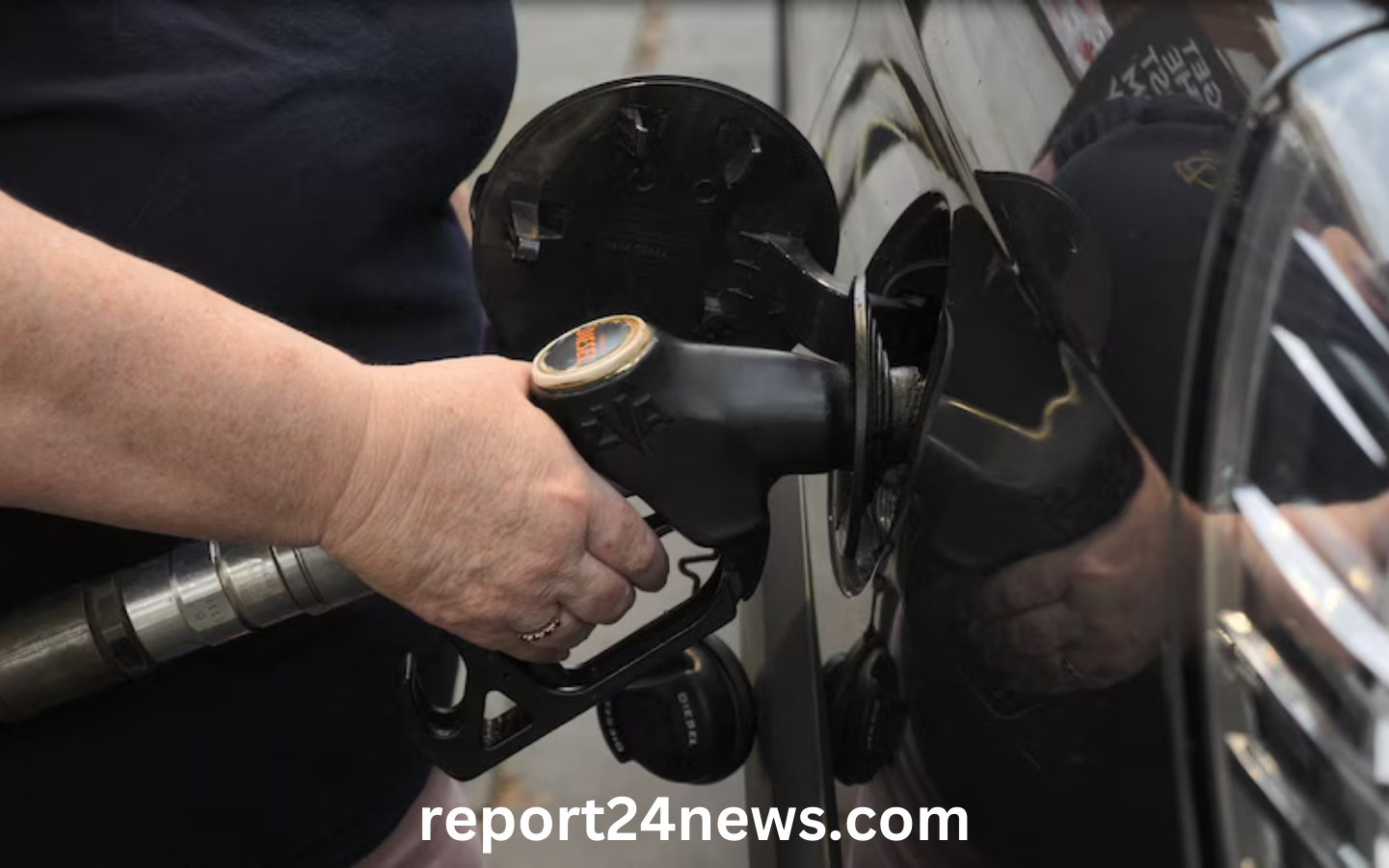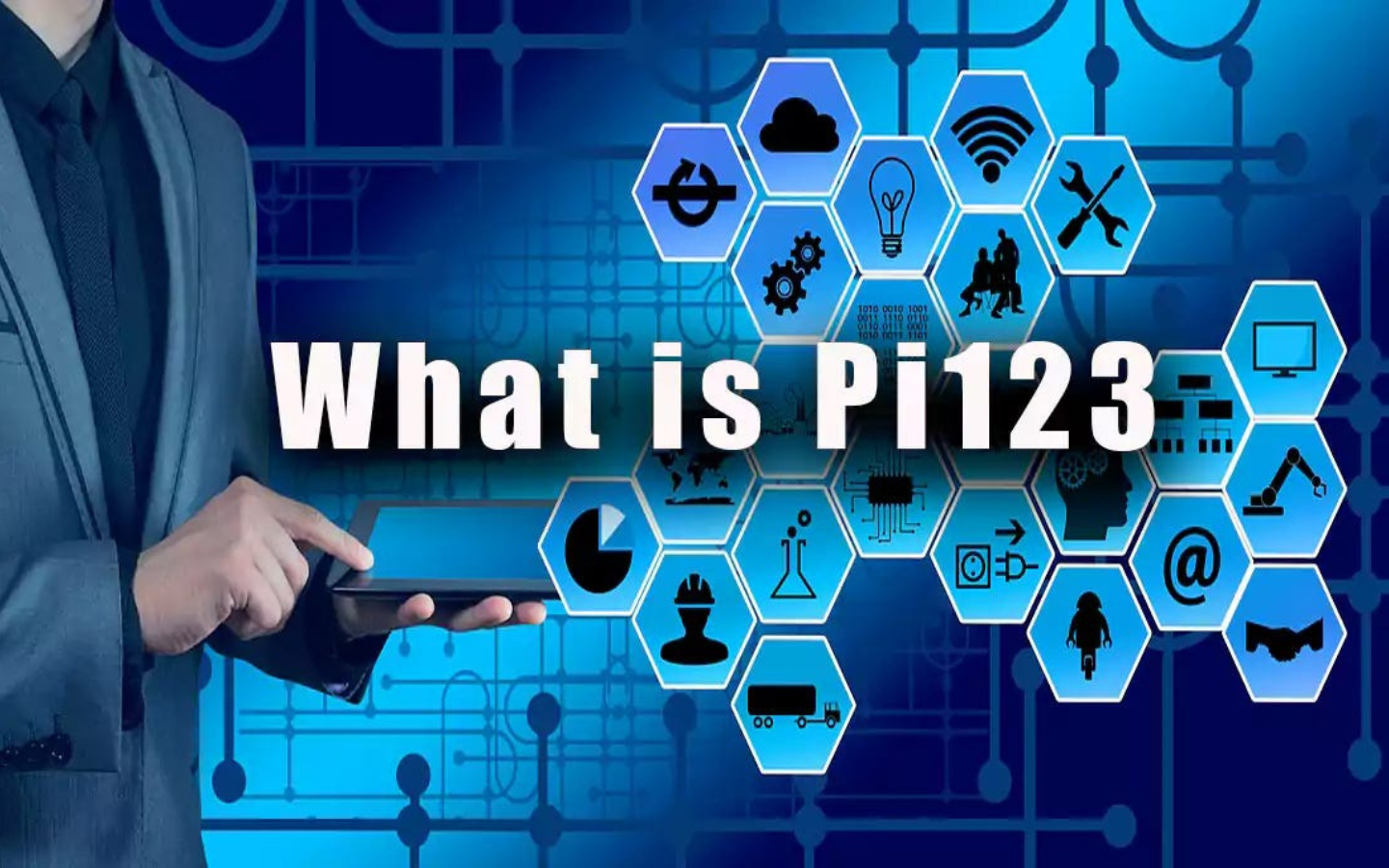Introduction to Hypermiling
As the world becomes increasingly aware of environmental issues, a new trend has emerged among eco-conscious drivers: hypermiling. This driving technique focuses on maximizing fuel efficiency, helping individuals save money at the pump while reducing their carbon footprint. With rising fuel prices and growing concerns about climate change, more people are seeking ways to optimize their driving habits.
Hypermiling is not just a passing fad; it’s an evolving movement that combines innovative strategies with cutting-edge technology. Whether you’re a seasoned hypermiler or just starting to explore this eco-friendly approach, there’s plenty of exciting news in the realm of hypermiling that you won’t want to miss. Join us as we delve into the latest trends and techniques designed for those who care about both their wallets and our planet!
Read more The Must-See West End Shows of 2024: What’s Hot This Year!
The Importance of Eco-Friendly Driving
Eco-friendly driving is more than just a trend; it’s a responsibility. With climate change becoming an undeniable reality, our choices behind the wheel matter.
Every gallon of fuel burned releases carbon dioxide into the atmosphere. This contributes to global warming and pollution that harms both nature and human health. By adopting eco-friendly practices, we can significantly reduce our carbon footprint.
Additionally, when drivers choose energy-efficient routes or maintain their vehicles properly, they not only save money but also help preserve natural resources. It’s a win-win situation for wallets and the environment alike.
Moreover, embracing green driving habits fosters community awareness. As more individuals commit to eco-friendly practices, it encourages others to follow suit—creating a ripple effect toward sustainability in transportation options across neighborhoods and cities.
Driving with intention ensures we leave a healthier planet for future generations while enjoying the journey today.
The Evolution of Hypermiling Techniques
Hypermiling has come a long way since its inception. Initially, drivers focused on simple techniques like coasting and maintaining steady speeds. These methods were straightforward yet effective.
As fuel prices surged, enthusiasts began to explore more advanced strategies. Techniques such as drafting behind larger vehicles emerged, allowing for significant reductions in wind resistance. The community grew, sharing tips through forums and social media.
Today’s hypermilers utilize technology to enhance their efficiency. Apps monitor driving habits while dashboards provide real-time feedback on fuel consumption. This integration of tech reflects a shift towards data-driven driving styles.
Moreover, eco-conscious movements have influenced both consumer behavior and automotive design. Manufacturers are now producing cars specifically optimized for fuel efficiency, catering to the growing demand for sustainable options within the market.
This evolution showcases not just how techniques have changed but also how they adapt alongside societal values toward environmental responsibility.
Innovative Technologies for Hypermiling
The world of hypermiling is evolving, thanks to cutting-edge technologies. Manufacturers are now integrating advanced fuel management systems into vehicles. These systems provide real-time feedback on driving habits and fuel efficiency.
Connected car apps have also gained popularity. They help drivers track their performance and offer tailored tips to optimize fuel usage. Gamification features make the process engaging, turning eco-driving into a fun challenge.
Electric vehicles (EVs) bring another layer of innovation. Regenerative braking technology allows EVs to convert kinetic energy back into usable power, boosting overall efficiency.
Smart tires equipped with sensors monitor pressure in real time, ensuring optimal rolling resistance for maximum mileage. This tech can alert drivers when tire maintenance is needed, preventing unnecessary fuel waste.
Autonomous driving features are starting to play a role too. They enable smoother acceleration and deceleration patterns that reduce energy consumption significantly while enhancing safety on the road.
Strategies for Maximizing Fuel Efficiency
To maximize fuel efficiency, start with regular maintenance. Ensure your tires are properly inflated and aligned. This simple step can significantly reduce rolling resistance.
Next, consider your driving habits. Smooth acceleration and braking help maintain momentum without burning excessive fuel. Avoid aggressive maneuvers that waste energy.
Plan your routes wisely. Use apps to find the quickest paths or avoid traffic jams, which lead to idling time and increased consumption.
Reduce excess weight in your vehicle as well. Every pound counts when it comes to fuel economy. Remove unnecessary items from the trunk or backseat before you hit the road.
Use cruise control on highways whenever possible. It helps maintain a steady speed and often improves overall efficiency during long drives. These strategies combine for an eco-friendly approach while enjoying every journey on the road ahead.
Common Misconceptions about Hypermiling
Many people view hypermiling as an extreme or overly complex practice. They imagine drivers coasting down hills in a meditative state, detached from reality. In truth, hypermiling encompasses a range of practical techniques that anyone can adopt.
Another common misconception is that it requires driving at dangerously low speeds. While reducing speed does help fuel efficiency, the focus is on maintaining optimal speeds for your vehicle. It’s about finding balance rather than just going slow.
Some believe hypermilers are obsessed with numbers and metrics, neglecting safety and comfort. However, successful eco-conscious drivers prioritize safe practices while still maximizing mileage.
Many think that only hybrid or electric vehicles benefit from these techniques. Gasoline-powered cars can also see significant improvements by implementing simple adjustments to driving habits and vehicle maintenance strategies.
How to Incorporate Hypermiling into Your Daily Commute
To incorporate hypermiling into your daily commute, start by evaluating your driving habits. Notice how often you accelerate quickly or brake abruptly. Small changes can lead to significant fuel savings.
Maintain a steady speed when possible. Use cruise control on highways to help with this. Avoid rapid lane changes that can waste energy and disrupt momentum.
Plan your routes wisely. Identify the least congested paths that may allow for smoother travel without frequent stops.
Monitor tire pressure regularly; under-inflated tires can decrease efficiency. Also, consider lightening your load—remove unnecessary items from your car to improve performance.
Keep an eye on traffic conditions using apps designed for drivers. Staying aware helps you anticipate stops or slowdowns, enabling smoother transitions and better mileage throughout the trip.
Conclusion
As eco-conscious driving becomes more vital, staying updated with hypermiling news is essential for every driver. The innovative techniques and technologies emerging in this field can significantly enhance fuel efficiency while reducing your carbon footprint.
By embracing the latest strategies and tools, you not only save money at the pump but also contribute to a healthier planet. Whether you’re new to hypermiling or looking to refine your skills, there’s always something fresh to learn.
Incorporating these practices into your daily routine can be simple yet impactful. As awareness grows around sustainable driving habits, it’s clear that making small adjustments today leads to significant benefits tomorrow. Adopting hypermiling isn’t just about personal savings; it’s about being part of a collective movement towards environmental responsibility.




